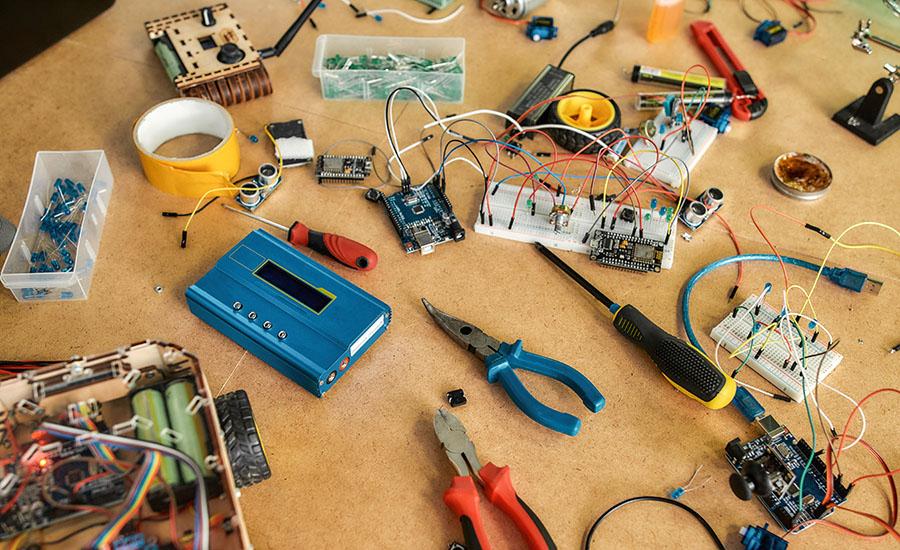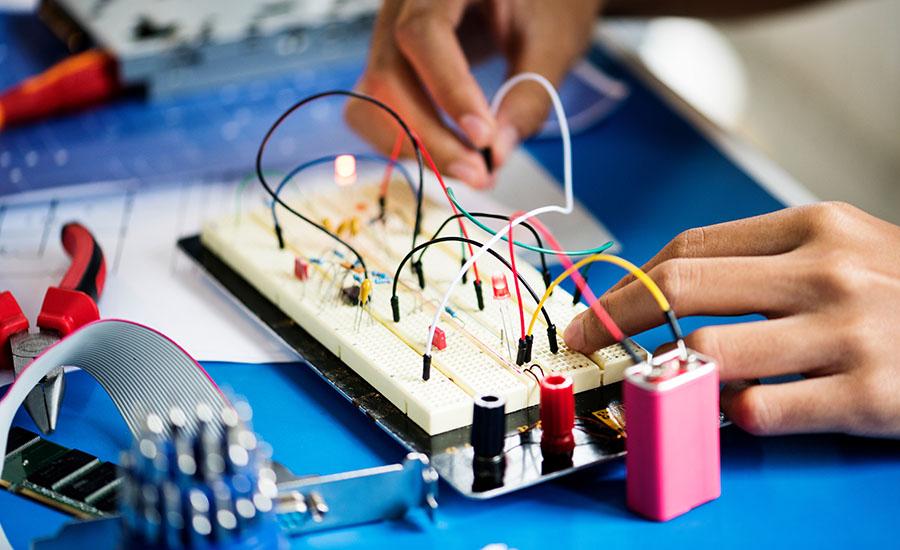
Electrical Energy
by Victoria Rackley
In this lesson plan, high school students will explore the concepts of AC and DC currents through hands-on experimentation. The lesson begins with a brief discussion on the fundamentals of alternating current (AC) and direct current (DC), highlighting their differences and common applications. Students will then form small groups and use a digital multimeter (DMM) to measure and compare the outputs of both AC and DC generators. Each group will connect their generators to an LED and a battery, observing how the LED lights up differently with each type of current. They will use the DMM to measure voltage and current, recording their findings and analyzing the efficiency and behavior of the circuits. This practical activity will reinforce theoretical knowledge, allowing students to visualize and understand the real-world implications of AC and DC currents. The lesson will conclude with a discussion on the advantages and disadvantages of each type of current in various applications, such as household electricity and portable electronic devices.
Lesson Plan Link/URL
https://docs.google.com/presentation/d/1-qQgh8jKh60QYWfe_WD_5yNa4BgxiJLp/edit?u…Related Content

Grades:
9th Grade, 10th Grade, 11th Grade, 12th Grade
A high school physics lesson plan that uses guided inquiry to help students explore the changes in potential difference across resistors connected in series & parallel.

Grades:
9th Grade, 10th Grade, 11th Grade, 12th Grade
This set of lessons allows students to understand circuitry through different lenses and apply this to simple circuits and electrical calculations.

Grades:
6th Grade, 7th Grade, 8th Grade, 9th Grade, 10th Grade, 11th Grade, 12th Grade
This lesson is designed to encourage students to explore their interests and pursue their passions while diving into the world of STEM. This lesson takes place in a classroom for one semester. 1 hour